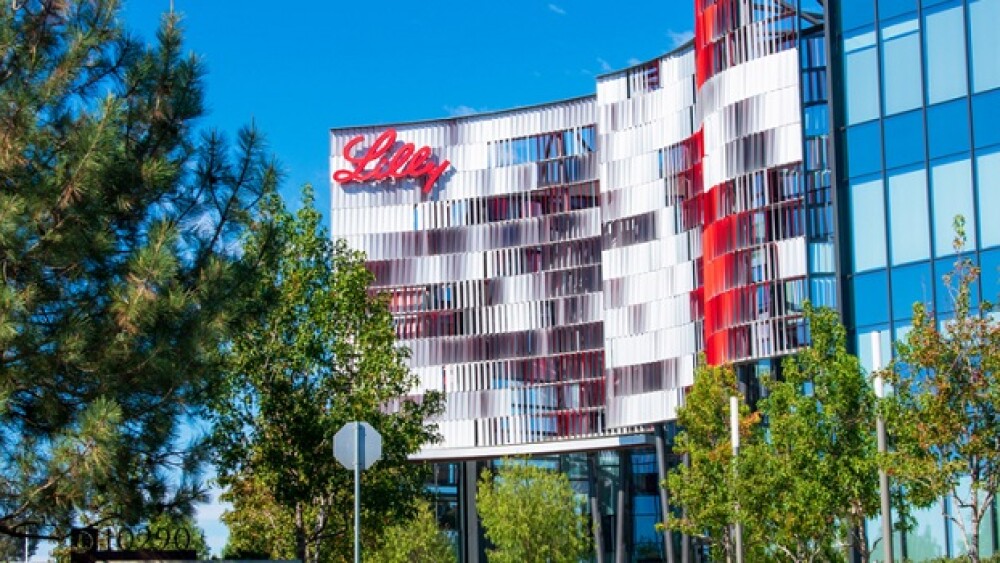With technological advancements in the life science field comes a higher demand for professionals with tech backgrounds, specifically computer engineers, to help make it all happen.
The evolution of technology in medical research isn’t only beneficial for disease prevention—it’s also creating new jobs to support these technological advancements. As more and more medical databases are launched, more people will be needed to manage them, even if they have no medical background.
These new roles will help power genetic databases, speed up research cycles and create more focus on diseases that have been traditionally under-researched. And with these advancements comes a higher demand for professionals with tech backgrounds, specifically computer engineers, to help make it all happen.
M2Gen’s ORIEN Advances Tech in Cancer Research
Created in 2006 from the Moffitt Cancer Center, M2Gen has partnered with the Oncology Research Information Exchange Network (ORIEN) on a database called Avatar. An opt-in, de-identified database, the network aims to accelerate cancer research through an alliance with nearly 20 of the best cancer centers in the USA.
Dr. Oliver Hampton, the vice-president of bioinformatics & biostatistics at M2Gen, explained how the system works.
“(Each institution) uses their own institutional observational mechanisms to track cancer patients in terms of treatment outcomes, and so it facilitates both internal and external collaborative research,”, Hampton said. “One of the interesting things about this network is while it’s self-governed, it shares an ethos of shared collaboration and shared value.”
The database’s biggest goal is to advance cancer research among groups that have been traditionally marginalized. With the collaborative effort of its 18 participating centers, ORIEN can create datasets that represent patients most in need of new therapies.
“We can observe and track patients with this protocol”, Hampton explained. “We’re obtaining information around those patients who have not had success with the current standard of care, and we’re producing targeted datasets for early development that’s specific to these patients at risk.”
Patients must opt in and give consent before their information and data are entered into the system. This might be the most crucial aspect of growing the ORIEN system and helping it achieve its goals. “The patient can withdraw consent at any time and eliminate their data from the current system. And so that is the real power, engagement and real difference that M2Gen provides in terms of our observational protocol,” Hampton said.
The database, and all the information in it, are accessible by all the ORIEN partner treatment centers. With so many patient profiles available at researchers’ fingertips nationwide, it is hoped ORIEN will shorten diagnosis and treatment times and speed up cancer research as well.
M2Gen’s database has added socioeconomic benefits as well. By leveraging data from patients of all backgrounds, ORIEN is able to improve studies for cancers that have not only been often been neglected, and which often disproportionately affect people of color. In this way, technology is being used to help democratize healthcare.
“One of our key memberships is at Moorehouse, a traditionally African-American educational institution,” Hampton says. “We have placements at USC in LA that have specific ties to the LA County hospital system as well as the University of New Mexico and Albuquerque University of Oklahoma. USC and LA traditionally cover Latin American populations, and the third, Oklahoma, typically covers tribal nations that are severely underrepresented, I would say in any medical area, so that’s immensely positive. Now patients know they have the choice to be part of this network.”
The data gathered by ORIEN from these institutions will then be able to be used by other ORIEN members across the USA. This means regions that may have previously been lacking data from marginalized groups can now accelerate research on multiple different cancers.
Increasing Demand for Computer Engineers
The launch of ORIEN also generated the need for support from computer engineers. Since medical professionals aren’t always well-versed in computer tech, Hampton and M2Gen sought assistance from a third-party source.
“Part of our investment that happened in April 2021 was a partnership with Microsoft. And one of the things that came of that partnership is the technical transitions and evolutions of the background of the company happening today,” Hampton said.
The support was critical in developing technology that would both power the system and protect patients’ privacy. With the help of computer developers, systems were created that could handle data sharing and data security, as well as guarantee privacy across all 18 ORIEN partner facilities.
“When you start talking about molecular data, the DNA sequence in the RNA sequencing, the results, the recompute, all the types of queries that can be done and the algorithms that can be applied...[these are] all the digital analytics we haven’t even thought of today,” Hampton explained.
With 20,000 patients and three petabytes of data (or 3,000 terabytes), ORIEN requires skilled computer engineers to keep the database always running smoothly.
“The issue we faced was how to build collaborative research platforms that allow people to interact with data, bring their own analysis to the data and bring their own datasets to complement analytics to even increase the power beyond what we’re attempting to do in the long run”, Hampton said.
Ultimately, Hampton said, the goal is to make the study of cancer treatment a data-driven endeavor.
“We try to understand how we can leverage large data analytics, large data science and algorithmic components. We’re looking at advances in machine learning and AI to help provide insights for those that are developing new therapies. The goal is to use this information to help drive key decisions.”
How Computer Engineers Can Break Into the Field
All of this calls for a larger number of computer engineers in the medical field. For those looking to go this route, Hampton says to go for it, but that technicians should have a genuine interest in medical research, too.
Hampton says he initially had an interest in both biology and astronomy, because “the most complex questions are either the complexities of the cosmos or the intricacies of the cellular communication,” and this curiosity is what has driven him in his career. While no medical background is needed to become a computer engineer in the medical world, a healthy curiosity about biology and medicine is important.
“Cancer is a genomic disease, and so we can understand the context of the evolution that changed the programming of individual normal cells. We can understand how to defeat it,” Hampton says. “Think about that problem and think about what technology tools you have to apply to it today.”





